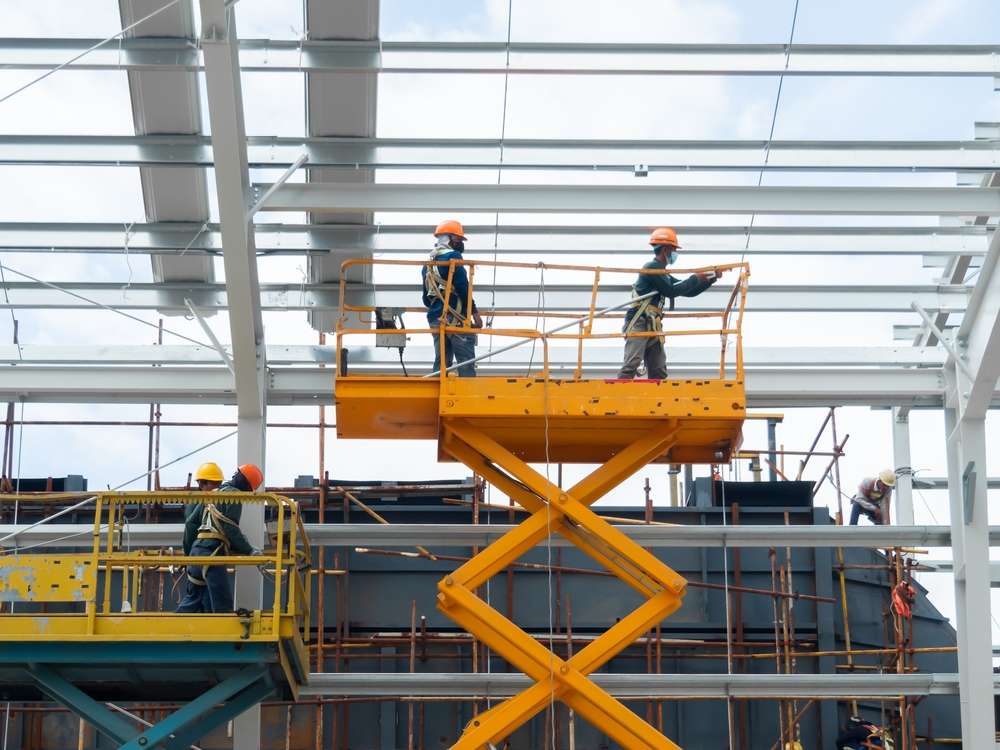Understanding Japan’s Construction Field – Organization, Skills, and Professional Pathways (2025)
Japan’s construction field highlights discipline, technical coordination, and structured workflow. Workers contribute to building, renovation, and infrastructure projects under detailed supervision. Training systems promote gradual skill improvement, ensuring that tasks such as measurement, assembly, and safety inspection are carried out with precision and consistency.

Japan’s construction sector represents one of the country’s most dynamic and technologically advanced industries, offering numerous pathways for professional development. The field combines traditional Japanese building techniques with modern engineering solutions, creating a unique landscape for workers across various specializations. Understanding the organizational structure, required competencies, and career progression opportunities provides valuable insight into this essential industry.
Typical Responsibilities in Different Construction Sectors
The Japanese construction industry encompasses several distinct sectors, each with specific role requirements and operational frameworks. Residential construction focuses on single-family homes, apartment complexes, and condominiums, where workers engage in foundation work, framing, electrical installation, and finishing tasks. Commercial construction involves office buildings, retail spaces, and mixed-use developments, requiring expertise in larger-scale structural systems and specialized building codes.
Infrastructure projects represent another major sector, including roads, bridges, tunnels, and public transportation systems. These projects demand specialized knowledge of heavy machinery operation, concrete work, and coordination with government agencies. Industrial construction covers factories, warehouses, and manufacturing facilities, emphasizing safety protocols for hazardous materials and complex mechanical systems.
How On-Site Communication and Safety Protocols Are Implemented
Japanese construction sites operate under strict communication hierarchies and comprehensive safety management systems. Daily morning meetings, known as “rajio taiso” and safety briefings, establish work priorities and identify potential hazards. Site supervisors conduct regular safety inspections and maintain detailed documentation of all activities and incidents.
Communication follows established chains of command, with foremen coordinating between different trade groups and project managers. Safety protocols include mandatory personal protective equipment, regular equipment inspections, and immediate reporting of any unsafe conditions. Emergency response procedures are practiced regularly, and all workers receive training on evacuation routes and first aid basics.
Training and Certification Approaches for Industry Newcomers
Entry into Japan’s construction field typically involves structured apprenticeship programs combined with formal certification requirements. New workers often begin with basic construction helper roles while pursuing relevant qualifications through vocational schools or industry training centers. The Japan Construction Education Center offers standardized programs covering fundamental skills, safety procedures, and specialized techniques.
Certification pathways vary by specialization, with electricians, plumbers, and heavy equipment operators requiring specific licenses. Many companies provide in-house training programs that combine classroom instruction with hands-on experience under experienced mentors. Language proficiency in Japanese is essential for safety communication and technical documentation comprehension.
Workplace Hierarchy and Support Systems Within Teams
Japanese construction teams operate within well-defined hierarchical structures that emphasize respect, collaboration, and skill development. Project managers oversee entire sites, coordinating with architects, engineers, and subcontractors. Site supervisors manage daily operations and ensure quality standards, while foremen lead specific trade groups and mentor junior workers.
Support systems include regular performance evaluations, skills development opportunities, and career advancement pathways. Many companies offer housing assistance, transportation allowances, and health benefits. Team-building activities and company events strengthen workplace relationships and promote knowledge sharing between experienced and newer workers.
Technological Advances Shaping Modern Construction Methods
Japan’s construction industry leads globally in technological innovation, incorporating robotics, artificial intelligence, and advanced materials into standard practices. Building Information Modeling (BIM) systems enable precise project planning and coordination, while drones conduct site surveys and progress monitoring. Prefabrication techniques reduce on-site construction time and improve quality control.
Automated machinery assists with repetitive tasks, allowing workers to focus on complex problem-solving and quality assurance. Smart sensors monitor structural integrity during construction, and augmented reality systems provide real-time guidance for complex installations. These technological advances require workers to continuously update their skills and adapt to new tools and processes.
The integration of sustainable building practices and energy-efficient systems reflects Japan’s commitment to environmental responsibility. Workers increasingly need knowledge of solar panel installation, advanced insulation techniques, and smart building systems. This technological evolution creates opportunities for career advancement and specialization in emerging construction technologies.
Japan’s construction field offers diverse career opportunities within a framework that values safety, quality, and continuous improvement. Success requires dedication to learning, respect for workplace hierarchy, and adaptation to evolving technological standards. The industry’s emphasis on craftsmanship and innovation provides a foundation for long-term professional growth and contribution to Japan’s built environment.




